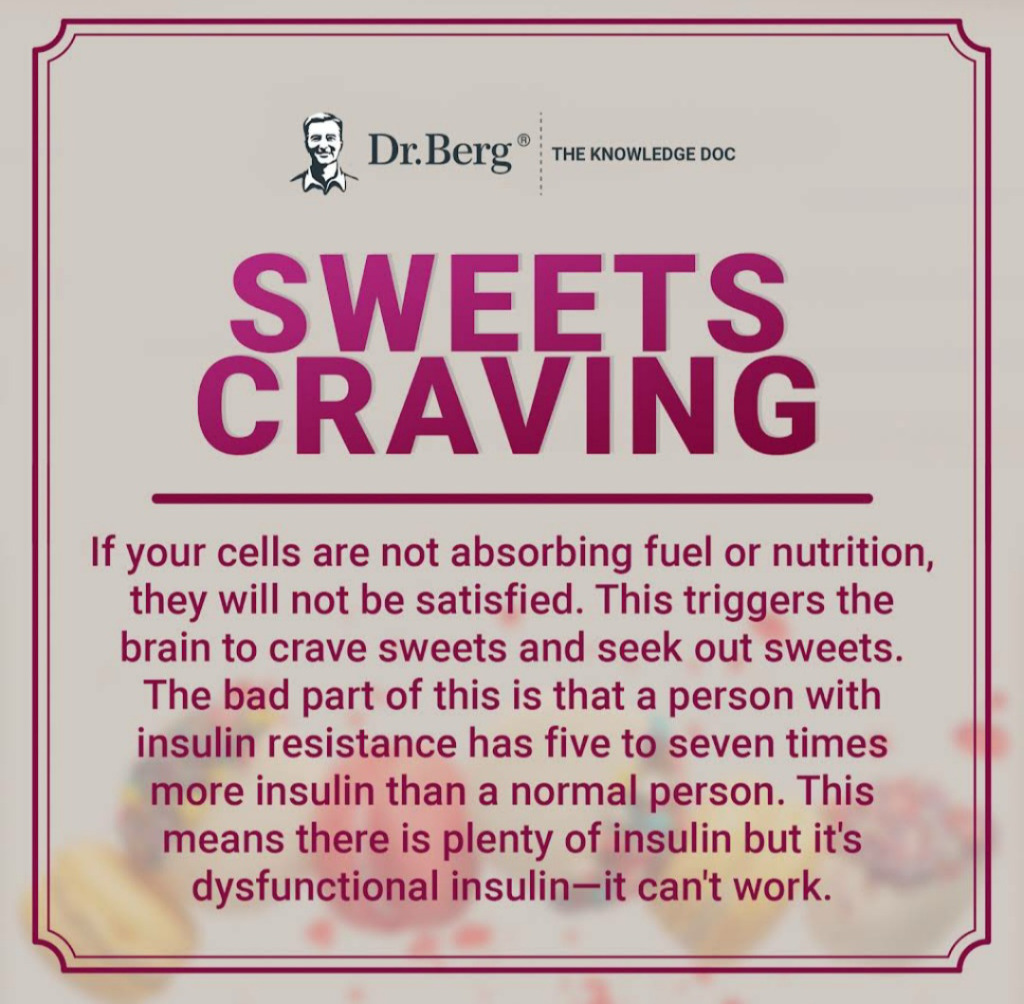How to Avoid Insulin Resistance
What is insulin resistance?
Insulin resistance occurs when cells in your body do not respond well to insulin. Insulin is produced by the pancreas and helps move glucose from the blood into cells, where it is used for energy. If you have insulin resistance, your pancreas must produce greater amounts of insulin to help maintain normal blood glucose levels.
Eating
foods
that
raise
your
blood
sugar
triggers
the
pancreas
to
release
insulin
to
absorb
the
sugars.
Consuming
large
amounts
of
foods
that
raise
blood
sugar
puts
a
lot
of
stress
on
the
pancreas.
Over
time,
this
extra
stress
can
worsen
your
insulin
resistance
and
your
condition
may
progress
to
Type
2
diabetes.
How to avoid insulin resistance?
“Following a diet lower in refined or simple carbohydrates can help your body better manage sugar levels and may improve your insulin resistance,” says Shelby Hoskins, MS, RD, LMNT, CDCES, Nebraska Medicine diabetes educator and registered dietitian.
This can be achieved by eating a more balanced diet that includes a mix of choices from different food groups, such as fruits and vegetables, whole grains, beans and legumes and healthy dairy and fats. “This will help you digest your food slower, resulting in a slower, steadier rise in blood sugars and more sustained energy levels,” notes Hoskins.
Another trick to slow the rise in blood sugars is to pair a carbohydrate source with protein or a healthy fat. For example, pair an apple with peanut butter or tahini with whole grain crackers with cheese, or a banana with almonds.
While you do not need to eliminate any foods from your diet completely, the key is to be aware of how certain foods affect your blood sugar levels and how to balance or offset those with other food choices, says Hoskins.
Comments
-
September 1, 2023 @ 11:42 AM EDTBy Felicia KI like apples...I'll try with almond butter!!
-
July 31, 2023 @ 7:58 PM EDTBy Cynthia G.Love to off-set apple with Tahini☺️
Very good tip!!!

